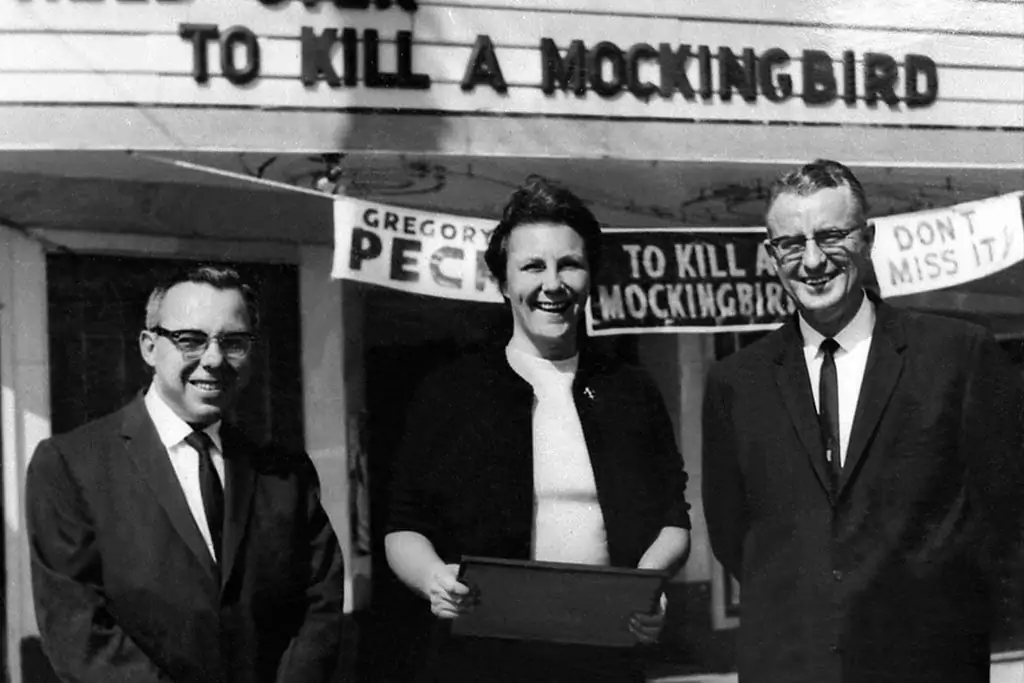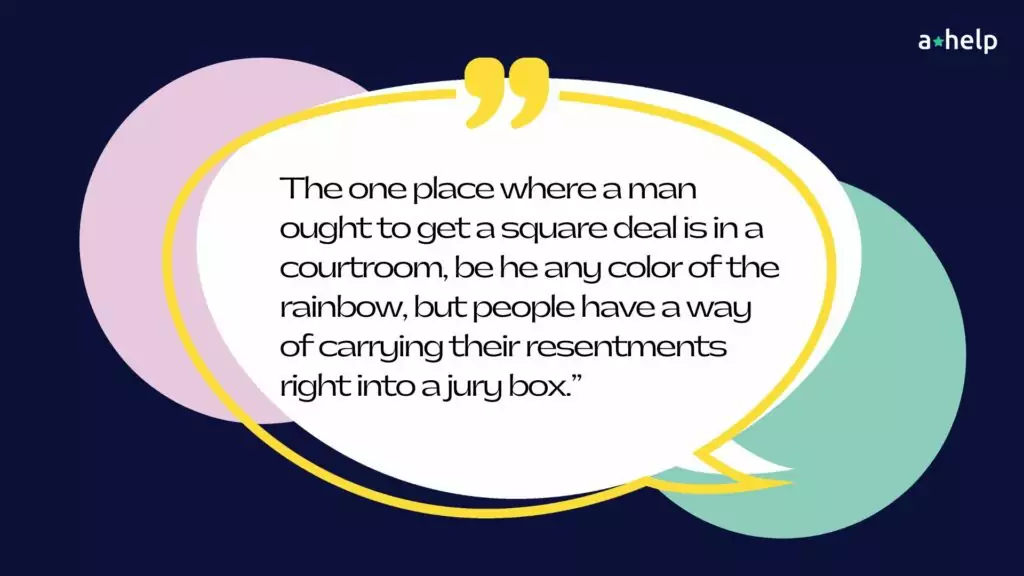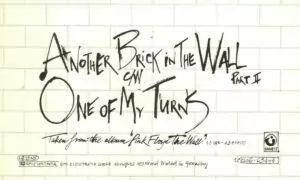The following review example can serve as a guide for students trying to find inspiration when writing an assignment on the themes in “To Kill a Mockingbird”.

✅ AI Essay Writer ✅ AI Detector ✅ Plagchecker ✅ Paraphraser
✅ Summarizer ✅ Citation Generator
What is it about “To Kill a Mockingbird” that makes it a literary classic? “To Kill a Mockingbird,” written by Harper Lee and published in 1960, is a timeless literary masterpiece that continues to resonate with readers across generations. This iconic novel delves into a tapestry of profound themes that shed light on the complexities of society, morality, and human nature. Harper Lee, who was just 34 years old when she penned this remarkable work, gifted the world with a narrative that remains as relevant and influential today as it was upon its initial release.

The enduring power of “To Kill a Mockingbird” extends far beyond its pages, as it addresses issues of racial injustice, moral integrity, and the human capacity for empathy. Lee’s portrayal of the American South through the eyes of an independent female protagonist provides a unique perspective not often found in the works of other southern women writers. As we explore the major themes of this novel, we gain valuable insights into the author’s intentions and the profound messages she sought to convey, ensuring that the impact of “To Kill a Mockingbird” will endure for decades to come.
In this article, we will focus attention on the most prominent To Kill a Mockingbird’s themes.
Racial Prejudice
Racial prejudice takes center stage in “To Kill a Mockingbird,” where the story revolves around the trial of Tom Robinson, a Black man falsely accused of a crime in a deeply racist Southern community. The question that looms large is how can a Black man ever expect a fair trial when racial hatred is so ingrained in the community that it’s even taught in schools? And what does a jury of one’s peers look like in such a prejudiced environment? These questions about prejudice, especially racism, lie at the heart of “To Kill a Mockingbird,” giving rise to some of its most compelling and unforgettable moments.
Racial conflict within the story leads to two tragic deaths, highlighting the high stakes of racial tension. On a basic level, the novel portrays a straightforward and moralistic view of racial prejudice: White individuals who hold racist beliefs are depicted as morally wrong, while those who reject racism are seen as virtuous. Atticus Finch, the novel’s moral compass, risks his reputation, his standing in the community, and even his children’s safety because he refuses to embrace racism; he represents the embodiment of goodness. On the other hand, characters like Bob Ewell, who falsely accuses a Black man of rape, publicly humiliates Atticus, and attempts to harm a child, stand as symbols of racism’s malevolence and evil.
However, “To Kill a Mockingbird” also attempts to delve into the complexities of life in a racially prejudiced society. Scout and Jem, Atticus’s children, confront not only the discomfort but also the outright hostility that arises from their family’s opposition to racial prejudice. Their commitment to equality positions them in opposition to the wider community, resulting in conflicts and challenges.

Prejudice is pervasive throughout the novel, with numerous characters displaying varying degrees of bigotry. Many residents of Maycomb harbor racist sentiments and prejudices against Black people. For instance, Tom Robinson is automatically assumed guilty of sexually assaulting Mayella Ewell solely because of his race, despite clear evidence suggesting his innocence. During Tom’s trial, Mr. Gilmer, the prosecuting lawyer, expresses shock when Tom admits to feeling sorry for Mayella. The idea of a Black man sympathizing with a white person is so unthinkable in the community that it seems to seal Tom’s fate.
Atticus, in contrast, champions tolerance and equality, values he hopes to instill in his children, Jem and Scout. However, his sister, Aunt Alexandra, embodies a different mindset. This is evident in her treatment of Calpurnia, a Black woman who helps care for the Finch children. When Aunt Alexandra comes to the Finch house to assist while Atticus is busy with the trial, she instructs Calpurnia to carry her suitcase upstairs, a task Atticus would never ask of her. This disparity in treatment reflects Alexandra’s prejudiced beliefs.
The novel further exposes hypocrisy when Aunt Alexandra hosts a missionary tea attended by Maycomb’s ladies. At this gathering, the ladies express pity for the fictional Mruna tribe in Africa, sympathizing with their perceived hardships. Yet, these same women later condemn the Black people in their own community, revealing the extent of their prejudice. Mrs. Merriweather, one of the ladies, exemplifies this hypocrisy. She can show sympathy for a distant tribe but fails to empathize with the Black citizens of Maycomb, dismissing them as lazy and sulky. Her focus on the Mruna tribe stems from their non-Christian status, as she believes that white missionaries can save their souls by converting them to Christianity and introducing them to the Bible.
Dolphus Raymond provides another perspective on prejudice in Maycomb. He pretends to be continuously drunk to divert attention from his unconventional life choices. Raymond is in a relationship with a Black woman and has mixed-race children, a taboo in the community. Consequently, he and his family are treated as outcasts. As Jem observes about Raymond’s mixed-race children, they are rejected by both Black and white communities. Raymond’s deception about his drinking habits serves as a shield, allowing him to lead his life as he sees fit, even if others find it objectionable.
Racial intolerance, though prominent, is not the sole prejudice explored in the novel. Many residents of Maycomb are depicted as narrow-minded and intolerant of anyone who deviates from their expectations. Boo Radley, a reclusive neighbor who hasn’t been seen outside his house for years, becomes the target of gossip and persecution. Neighbors speculate about his mysterious activities, painting him as a shadowy figure who only ventures out at night. Local rumors even depict Boo as a terrifying monster, perpetuating the cycle of prejudice and intolerance.
Courage
In “To Kill a Mockingbird,” courage shines through the actions of various characters. First and foremost, Atticus Finch stands out as a symbol of courage. He demonstrates this quality by agreeing to defend Tom Robinson, fully aware that it will bring trouble to him and his family. Despite the slim chances of winning the case in a deeply prejudiced society, Atticus takes on the challenge. His courage is further evident when he guards Tom Robinson’s prison cell alone, knowing there’s a high risk of a lynch mob attempting to harm Tom. Throughout the novel, Atticus consistently opposes racism and encourages his children to do the same. He emphasizes the importance of not using derogatory language like the N-word, teaching Scout and Jem about the courage it takes to stand up against injustice.
Atticus’s courage extends to his marksmanship when he shoots a rabid dog that poses a threat to the neighborhood. Despite his reputation as “One-Shot Finch” from his youth, he hasn’t handled a gun in 30 years. Taking on the responsibility of eliminating the dangerous dog requires immense bravery. Remarkably, Atticus doesn’t reveal this skill to his children because he wants them to understand that true courage isn’t defined by marksmanship.

Other characters also exhibit acts of courage throughout the novel. Miss Maudie, for instance, displays courage when her house burns down. Instead of wallowing in despair, she remains optimistic and focuses on the opportunity to have a larger garden. Boo Radley, the reclusive neighbor, shows courage when he intervenes to protect Jem and Scout from Bob Ewell’s threats, even though it means leaving the security of his home.
Mrs. Dubose is yet another example of courage. She battles a morphine addiction, determined to break free from it before her death. Unbeknownst to Jem, reading to her aids in her struggle to overcome the addiction. Her decision becomes even more courageous when it’s clear that there’s no immediate need for her to quit the drug, given her terminal illness. Mrs. Dubose’s bravery stems from her personal satisfaction in wanting to be drug-free at the time of her passing. Her battle is a deeply personal one, and most of Maycomb remains unaware of the inner strength it takes for her to face it. Atticus believes that her quiet courage, unseen by many, makes her even braver. He wants Scout and Jem to witness her struggle to understand that courage often involves doing difficult things that others may never comprehend or may even criticize. This prepares them for the bravery they’ll need during Tom Robinson’s trial.
“To Kill a Mockingbird” underscores the idea that standing up for what is right demands both courage and bravery. These traits are exemplified by various characters in the story, while others exhibit cowardice. Atticus, the Finch children, and even Boo Radley exemplify courage and bravery as they stand up for justice and morality, even in the face of danger and adversity.
Justice vs Law
The book conveys the idea that adhering to the law doesn’t always equate to achieving justice. Laws, being human-made, are not without their flaws. Sometimes, strict adherence to the letter of the law doesn’t lead to true justice. Atticus comes to understand that doing what is right and just may require going beyond the confines of the legal system. Laws, he realizes, are shaped by society’s values, even when those values are rooted in hatred and prejudice. This is starkly evident in the case of Tom Robinson, where his innocence is glaringly apparent to those willing to see the facts. Yet, the deep-seated prejudice within the justice system prevents the delivery of true justice.
While the trial of Tom Robinson occupies only a small portion of the book, it serves as the focal point around which the rest of the narrative revolves. This trial serves as a critique of the legal system, particularly as it functions within the town of Maycomb. Procedurally, the trial follows the rules. The judge oversees the proceedings, the lawyers present their cases, and the jury is selected in the usual manner. However, the all-white jury’s decision doesn’t align with the evidence or the law; instead, it reflects their own biases. Tom Robinson’s unjust verdict underscores the limitations of the legal system, prompting readers to question the fairness of a “fair trial.”

Atticus, while acknowledging the flaws in the legal system, maintains his faith in due process. Simultaneously, he believes that the law should be applied differently based on an individual’s circumstances. He explains to Scout that while she enjoys a privileged life with ample opportunities, others face far greater challenges and fewer prospects. In certain situations, he suggests it’s just to allow these individuals some leeway in breaking the law to prevent them from being unduly harmed by its rigid enforcement.
Follow us on Reddit for more insights and updates.





Comments (0)
Welcome to A*Help comments!
We’re all about debate and discussion at A*Help.
We value the diverse opinions of users, so you may find points of view that you don’t agree with. And that’s cool. However, there are certain things we’re not OK with: attempts to manipulate our data in any way, for example, or the posting of discriminative, offensive, hateful, or disparaging material.